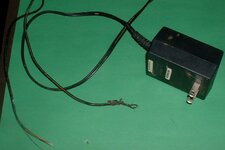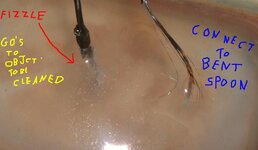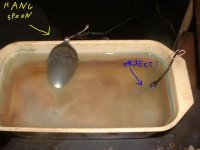Roland58
Bronze Member
- Oct 3, 2010
- 1,193
- 56
- Detector(s) used
- Fisher F75 standard (last 3 yrs.)
CTX-3030 10-04-13
- Primary Interest:
- Metal Detecting
Would someone please point me in the direction of some information on how to build a homemade electrolysis system, how to use it and what to expect I would very much appreciate any sites that prove to be useful!
I would very much appreciate any sites that prove to be useful!
Thank you,
Roland
 I would very much appreciate any sites that prove to be useful!
I would very much appreciate any sites that prove to be useful!Thank you,
Roland










